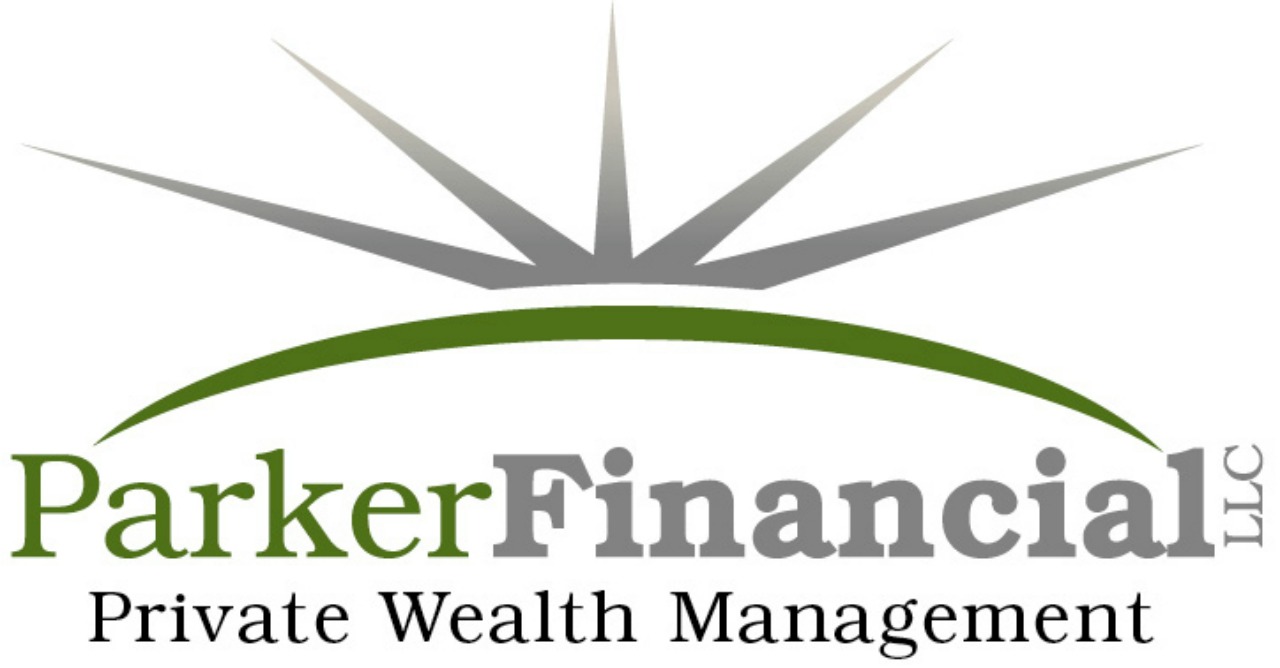Since the early 1930s dividends have accounted for more than 40% of the total return of large-cap stocks in the United States.
As baby boomers begin to transition into and through retirement they’re going to be looking for ways to generate income from their investments while at the same time trying to keep pace with inflation. The fact that 10 thousand boomers are retiring every day is reason to give pause and pay attention to income producing investments. The baby boomer generation have several options to try to pursue their income and lifestyle goals. Below are a few of the most common:
- They can buy bonds and live off the income from the bonds.
- They can purchase dividend paying stocks and live off of the income from the dividend paying stocks.
- They can purchase an annuity and have a guaranteed income stream from an insurance company.
- They can use a total return approach to portfolio management and retirement income by applying the 4% rule that says you shouldn’t take out more than 4% per year from a properly diversified portfolio or you risk running out of money in retirement.
In light of the current economic conditions, slower global growth is reasonably expected and higher inflation is anticipated. Just how do we plan to cope with a rising interest rate environment.
Dividend paying stocks have become very attractive because they tend to have favorable fundamental attributes and have historically exhibited lower levels of volatility. Creating a portfolio of diversified dividend paying stocks that have a track record for dividend growth can help investors seeking income to create a hedge against inflation.
Dividend growth means you have the potential to receive more income next year than you received this year if the companies you invest in raise their dividends. This could help you maintain your lifestyle and income needs plus help you hedge inflation as you transition through retirement. Many companies have a long track record of paying and raising their dividends.
One of the portfolios we currently recommend to investors is made up of 36 dividend paying stocks, has a portfolio yield of 3.9% and last year had about 7% growth in dividends. Compare and contrast this stock portfolio with the current yield on ishares total bond market ETF (AGG), which is designed to track the performance of the Barclays US Aggregate Bond Index and has a current yield of 2.39%. Historically stocks have performed better than bonds during periods of inflation. While inflation is currently very low many believe inflation is likely to rise in the future.
Bonds have a negative correlation to interest rates. So when interest rates eventually begin to rise the value of your bond portfolio would decline, and you could lose money if you had to sell your bond before the maturity date. When you hold bonds in mutual funds you lose out on the ability to hold individual bonds to maturity. Because the federal reserve has set short term interest rates at zero, I’d have to bet that interest rates will probably not go lower in the future. For this reason a forward looking income investor would be wise to focus on individual bonds they are willing to hold to maturity and/or dividend paying stocks that are trading at fair valuations.
When considering a stock for dividend growth potential, one of the most important factors is the payout ratio. The payout ratio is basically the company’s dividend per share divided by their net earnings per share. For example if the dividend is $2 and the net earnings per share is $4 you have a 50% payout ratio (2/4=.50). Looking for stocks that have a long term track record of paying dividends, raising dividends and have a payout ratio of less than 50% could help an investor gauge whether the future of a dividend is likely to continue and if the company has potential to grow their dividends in years to come.
The “Fiscal Cliff” uncertainty regarding the taxation of dividends is certainly worth considering. Currently qualified dividends are taxed at the long term capital gains rate, which worst case in only 15%. Depending on what our elected leaders do before the end of the year will have an impact on how dividend income will be taxed in 2013 and going forward. Most of the tax professionals I’ve talked to seem to think the new tax rate starting next year will be 20% for long term capital gains and dividends. However if congress is unable to come up with a viable bipartisan solution, then qualified dividends could end up being taxed as ordinary income tax rates, which could be as high as 39%. Remember you should not focus on how much money you make, but you should focus on how much you actually get to keep after uncle Sam takes his share.
For many investors headed into retirement, a combination of all of the different income tools available will probably make sense to help them create a retirement plan that meets their need for income, inflation and protection in conjunction with their risk tolerance. Be sure to find an adviser that can help you explore all of your options and construct a plan that will keep you thriving in retirement.





